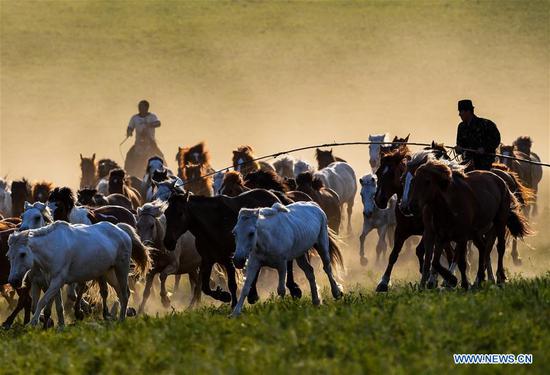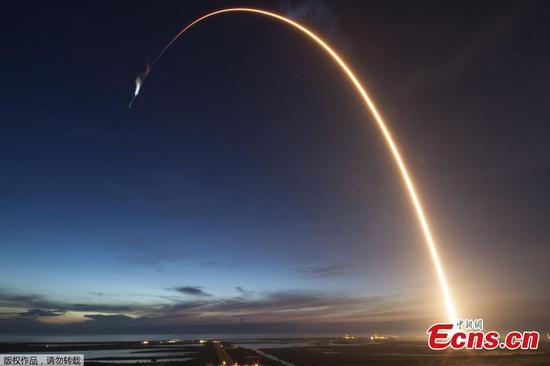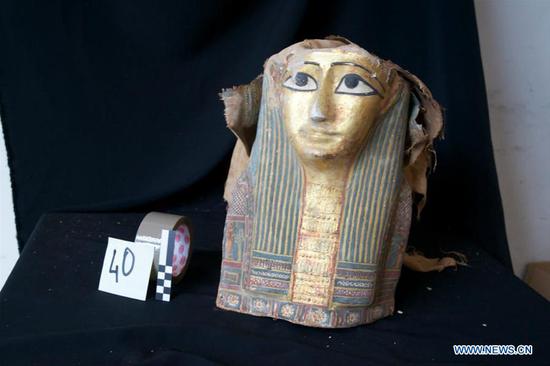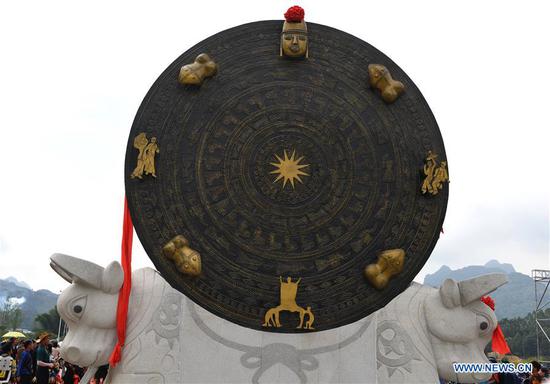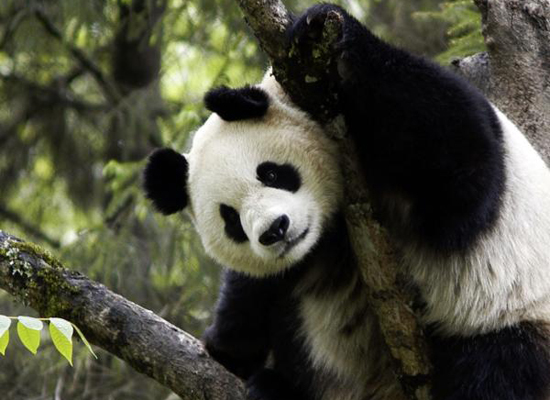
A giant panda plays on the tree. (Photo: WWF UK / For China Daily)
The giant panda is both the most iconic animal native to China and a powerful symbol for the conservation of wildlife around the world – but the protection of the species continues to generate controversy.
Some zoologists and journalists argue that the millions spent each year to conserve the vulnerable bear is a waste, partly because the creature’s highly selective feeding and breeding habits make it so challenging to protect.
British naturalist Chris Packham infamously once said the panda had “gone down an evolutionary cul-de-sac” and that conservationists should “pull the plug and let them go”.
But new research by a team of scientists from China, Britain, the United States, and Australia posits that panda protection efforts produce a significant return on investment.
The study, which was published in the journal Current Biology, estimates that the value generated by panda reserves in China adds up to between $2.6 billion and $6.9 billion a year, or roughly 10 to 27 times the cost of maintaining the reserves.
“Many detractors have argued that spending valuable resources on panda conservation is wasteful,” said lead author of the study Wei Fuwen of the Chinese Academy of Sciences. “Our analysis contradicts this view and demonstrates clearly the great value of the panda, both for its cultural and intrinsic value, and for the ecosystem services provided by panda reserves.”
The study was conducted by researchers from the Chinese Academy of Sciences in China, the Australian National University and James Cook University in Australia, the University of Pittsburgh and San Diego Zoo in the US, and Cardiff University in the United Kingdom.

























